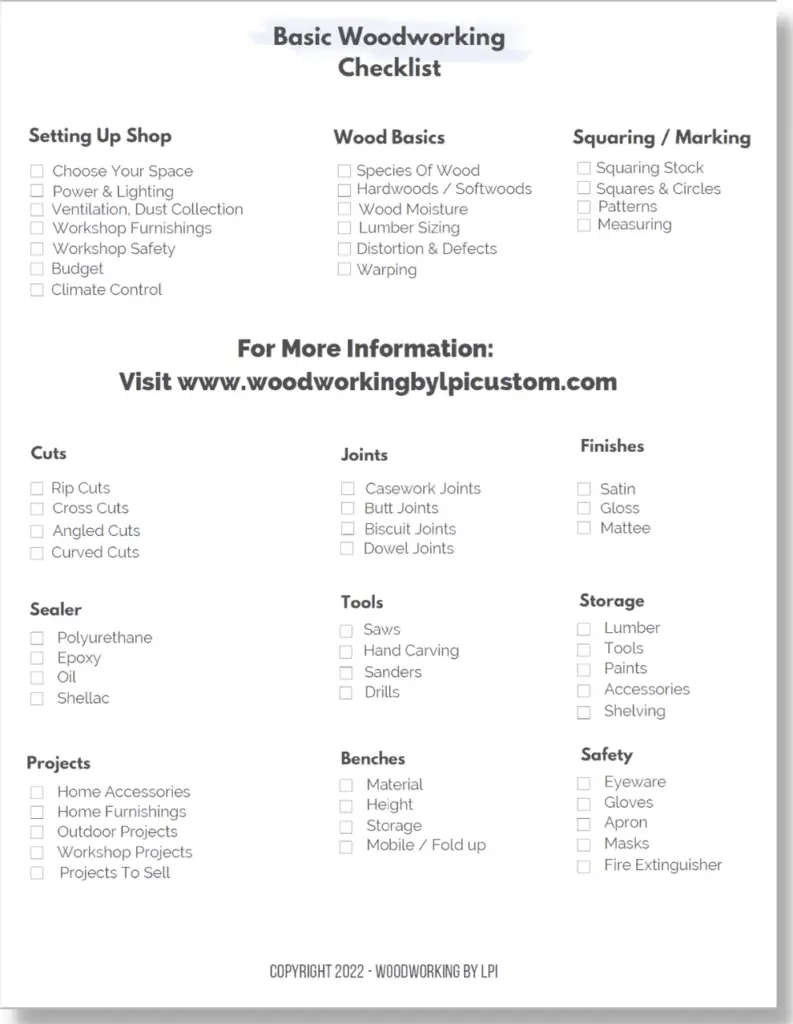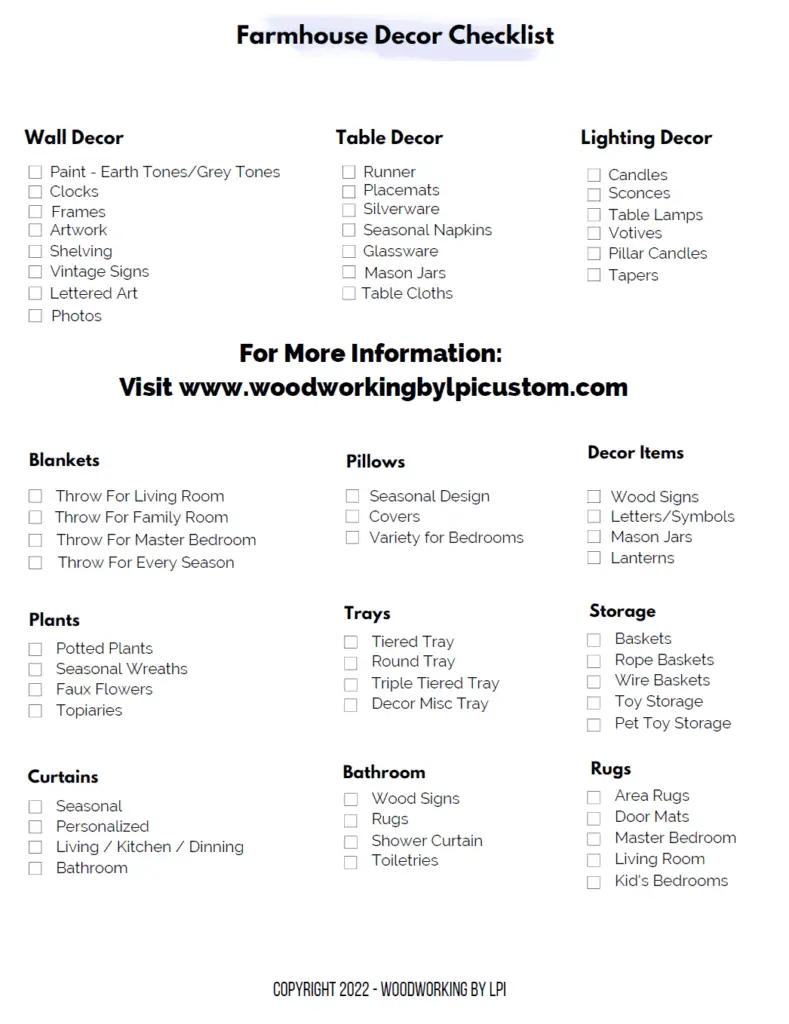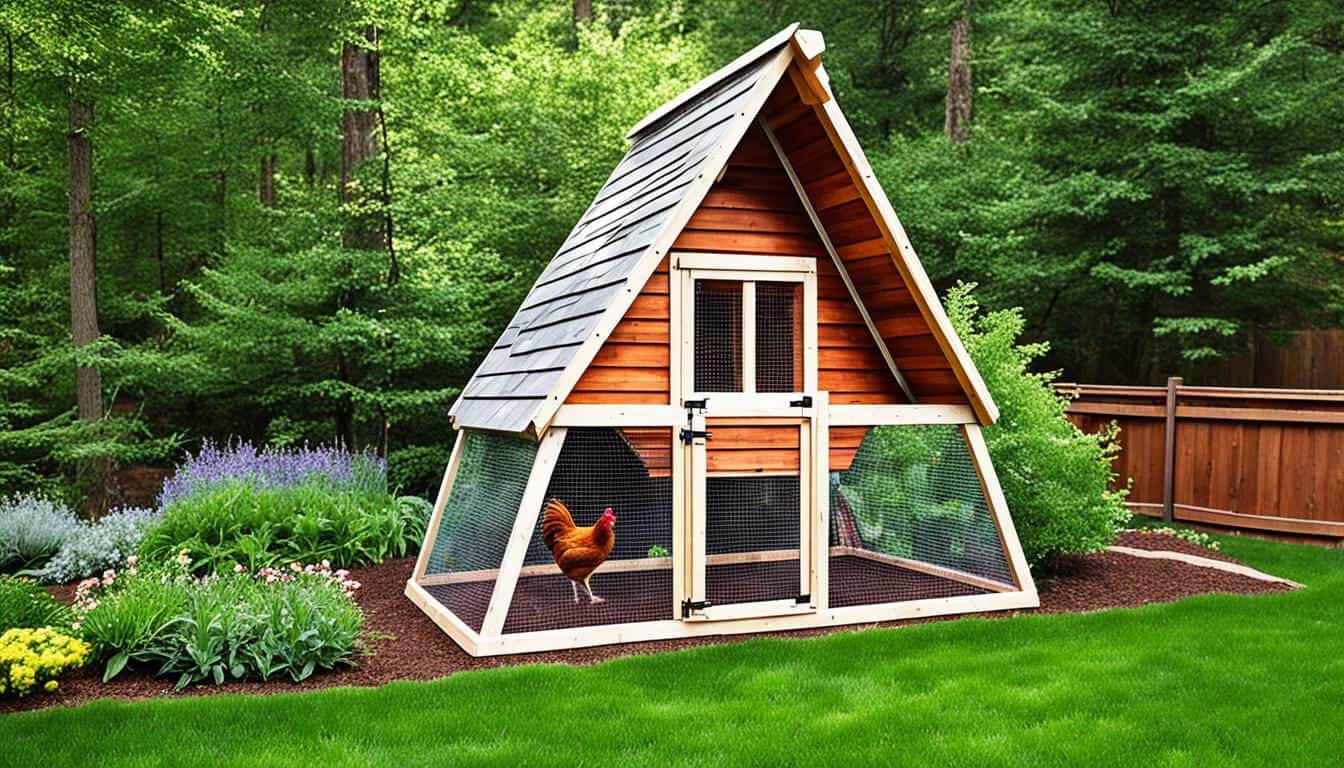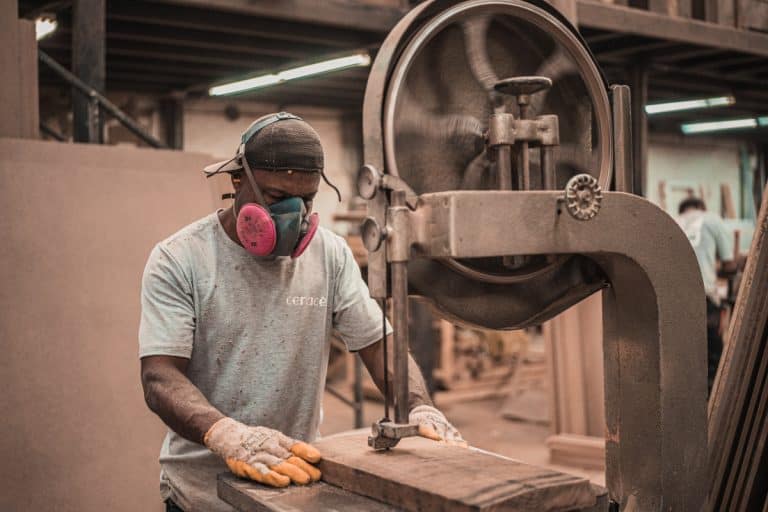Are you considering raising backyard chickens? If so, you’ll need a suitable chicken coop to provide them with a safe and comfortable home. But with so many options out there, which coop design is the best fit for your small flock?
Well, look no further than the A-frame chicken coop. This compact and versatile poultry house is specifically designed to meet the unique needs of small backyard chicken flocks. Not only does it offer protection from the elements, but it also provides cozy roosting spaces and nesting boxes for your chickens to lay their eggs. And the best part? Building your very own A-frame chicken coop is cost-effective and simple.
In this comprehensive guide, we’ll walk you through the benefits of an A-frame chicken coop, the step-by-step process of building one, and important considerations such as materials, design customization, predator protection, and even mobility. Whether you’re a beginner or an experienced chicken keeper, this guide has got you covered.
Key Takeaways:
- The A-frame chicken coop is an excellent choice for small flocks of backyard chickens.
- It offers protection from the elements and provides comfortable roosting spaces and nesting boxes.
- Building your own A-frame chicken coop is affordable and straightforward.
- Considerations such as materials, design customization, predator protection, and mobility are essential for a successful chicken coop.
- With this guide, you’ll be able to create the perfect home for your feathered friends.
Introducing the A-Frame Chicken Coop
The A-frame chicken coop design has gained popularity among backyard chicken enthusiasts for its practicality and versatility. Its triangular shape offers several benefits, including structural stability, efficient use of space, and optimal ventilation. The A-frame design is ideal for small-scale backyard farming, as it requires fewer materials and allows for customization based on individual preferences and flock size. Additionally, the compact footprint of the A-frame coop makes it suitable for limited backyard space.
Why an A-Frame Design is Ideal for Your Backyard
The A-frame chicken coop design is specifically crafted to meet the requirements of a backyard setting. Its unique shape provides numerous advantages:
- Structural Stability: The triangular design of the A-frame coop offers excellent stability, allowing it to withstand various weather conditions.
- Efficient Use of Space: The compact and vertical nature of the A-frame design maximizes the use of limited backyard space, making it suitable for small yards or urban settings.
- Optimal Ventilation: The sloped roof of the coop ensures efficient airflow, preventing the buildup of moisture and ammonia, which can be harmful to chickens.
The Versatility of A-Frame Chicken Coops for Small Flocks
A-frame chicken coops are highly versatile and can be customized to meet the needs of small flocks. Here are some key considerations:
- Flexibility in Design: The A-frame design allows for easy customization, enabling you to add features such as multiple nesting boxes, roosting bars, and access doors, depending on the size of your flock.
- Cost-Effective: A-frame coops require fewer materials compared to larger coop designs, making them more budget-friendly for small-scale chicken keepers.
- Expandability: If your flock grows over time, A-frame coops can easily be expanded or connected to accommodate additional chickens.
Choose an A-frame chicken coop design for your backyard to enjoy the structural stability, efficient use of space, and versatile customization options it offers. Whether you have limited space or a small flock, the A-frame design is the perfect solution for your backyard chicken coop needs.
Stepping Stones to Building Your A-Frame Chicken Coop
Building your own A-frame chicken coop can be a rewarding and cost-effective project. However, it requires careful planning and preparation. In this section, we will provide a step-by-step guide to help you navigate the process of constructing your A-frame chicken coop. We will cover everything from gathering the necessary materials to assembling the coop and ensuring its structural integrity. By following these stepping stones, you will be well-prepared to embark on your chicken coop building journey.
- Gather the necessary materials: Before you begin building your A-frame chicken coop, make sure you have all the materials you need. This may include lumber, screws, wire mesh, roofing material, and any additional features you plan to incorporate into your coop.
- Create a detailed plan: Take the time to sketch out your coop design and layout. Consider the number of chickens you will be housing, their space requirements, and any specific features you want to include. A well-thought-out plan will ensure that your coop meets your needs and functions efficiently.
- Prepare the site: Clear the area where you will be constructing your coop. Make sure the ground is level and free from any obstacles. This will provide a stable foundation for your coop and make the construction process easier.
- Build the frame: Start by constructing the frame of your A-frame chicken coop. Use the appropriate measurements and ensure that the structure is sturdy and level. This will form the basis of your coop.
- Add the walls and roof: Once the frame is in place, proceed to add the walls and roof. Use materials that are appropriate for your climate and provide adequate insulation and protection for your chickens.
- Install the doors and windows: Add doors and windows to your coop to provide access for your chickens and to allow for ventilation. Make sure these openings can be securely closed to protect your chickens from predators and inclement weather.
- Create nesting boxes and perches: Design and install nesting boxes and perches inside your coop. These features will provide comfortable resting and laying areas for your chickens.
- Secure the structure: Take the time to reinforce and secure the structure of your coop. Check for any weak spots or areas that may be vulnerable to predators. Use appropriate hardware and reinforce connections to ensure the safety of your chickens.
- Add finishing touches: Complete your A-frame chicken coop by adding any finishing touches such as paint, stain, or decorative elements. These final details will not only enhance the aesthetics of your coop but also protect it from the elements.
By following these step-by-step instructions, you can successfully build your own A-frame chicken coop. Remember to take your time, pay attention to details, and prioritize the safety and comfort of your chickens.
Shopping List: Materials Needed for Your DIY Coop
Before you begin building your A-frame chicken coop, it’s crucial to gather all the necessary materials. This section provides you with a comprehensive shopping list of the required supplies for your DIY coop. By having all the materials on hand, you can ensure a smooth construction process and avoid delays. Below is the list of essential items:
- 2×4 lumber for the frame
- Chicken wire or hardware cloth
- Plywood for the walls and roof
- Nails and screws
- Hinges and latches for the doors
- Nesting boxes
- Roosting bars
- Insulation (optional, depending on your climate)
- Paint or stain
- Roofing material (metal or shingles)
Make sure to have all the necessary tools, such as a saw, drill, tape measure, and hammer, to assist you during the construction process. It’s essential to choose high-quality materials that can withstand various weather conditions and provide a safe and comfortable environment for your chickens.
Finding the Right Supplies for an Easy Chicken Coop
When it comes to finding supplies for your DIY chicken coop, it’s important to prioritize durability, ease of use, and affordability. Look for products that are specifically designed for chicken coops, as they often have features that cater to the unique needs of your feathered friends. Consider the following factors when selecting supplies:
- Durable materials that can withstand exposure to weather elements
- Affordable options that fit within your budget
- User-friendly products that simplify the construction process
- Supplies that are compatible with your chosen coop design
By choosing the right supplies, you can ensure a smooth and efficient construction process, ultimately leading to a successful chicken coop that meets all your needs.
Navigating Options for Sustainable Building Materials
For environmentally conscious chicken keepers, opting for sustainable building materials is an excellent choice. Not only will it minimize the ecological impact of your coop, but it also showcases your commitment to responsible construction practices. Consider the following sustainable options when selecting materials:
- Recycled lumber or reclaimed wood
- Environmentally friendly paint or stains
- Low-VOC (volatile organic compound) products
- Solar-powered lighting or heating options
By incorporating sustainable building materials into your chicken coop, you can create an eco-friendly and socially responsible space for your flock. It’s crucial to strike a balance between sustainability and functionality, ensuring the materials are suitable for the intended purpose and provide adequate protection for your chickens.
The Construction Process: Assembling Your Chicken Shelter
Now that you have gathered all the necessary materials, it’s time to start assembling your A-frame chicken coop. Follow our step-by-step guide to ensure a smooth construction process:
- Begin by constructing the frame of your chicken coop. Use sturdy materials and ensure that the dimensions are accurate to create a stable structure for your feathered friends.
- Add the roof to your coop. This will provide protection from the elements and help maintain a comfortable environment for your chickens. Secure the roof tightly to prevent water leakage.
- Attach the walls to the frame. Make sure they are securely fastened and properly aligned to create a sturdy enclosure for your chickens.
- Once the walls are in place, it’s important to secure the structure. Check for any loose screws or nails and reinforce any weak spots to ensure the safety and longevity of your chicken shelter.
- Lastly, consider adding finishing touches to make your chicken coop functional and visually appealing. This could include adding doors for easy access, nesting boxes for egg collection, and additional ventilation to ensure proper airflow.
Remember, attention to detail and proper construction techniques are key to building a sturdy and functional chicken shelter. Take your time, follow the instructions, and don’t hesitate to seek help or advice from experienced individuals if needed.
By following these instructions, you will be able to assemble your chicken shelter with confidence and provide a safe and comfortable home for your flock. Now let’s move on to customizing your A-frame chicken coop to make it uniquely yours.
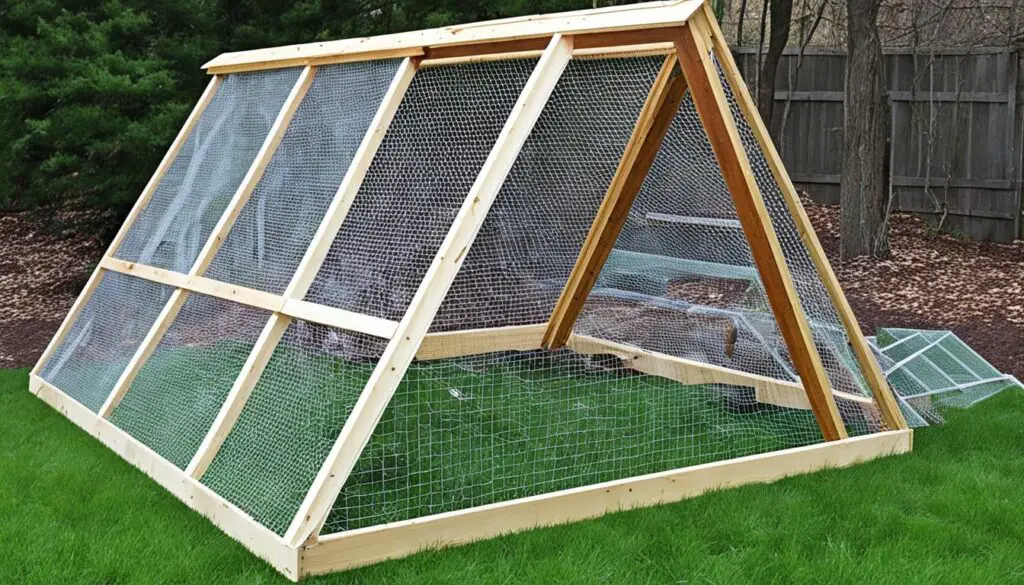
Coop Design: Customizing Your A-Frame Chicken Coop
One of the benefits of building your own A-frame chicken coop is the ability to customize the design to fit your specific needs and preferences. By adding personal touches to the chicken coop plans, you can create a unique and functional space for your feathered friends.
When customizing your coop design, consider the following:
Adding Personal Touches to the Chicken Coop Plans
Make your coop reflect your personal style and creativity by customizing its appearance. Consider painting the coop in vibrant colors or adding decorative elements such as window boxes or trim. These personal touches will not only enhance the visual appeal of the coop but also make it a standout feature in your backyard.
“Adding personal touches to your chicken coop will make it a reflection of your style and creativity.”
Considering Ergonomics in Coop Design for Easy Access and Cleaning
Designing your chicken coop with ergonomics in mind will make it easier for you to access and clean the coop, saving you time and effort in the long run. Ensure that the coop has appropriate door placements, making it easy to collect eggs and access the interior for cleaning purposes. Additionally, incorporate removable or sliding panels for ventilation and cleaning convenience.
“Consider the ergonomics of your coop design to make it easy to access and clean.”
By customizing your A-frame chicken coop design and considering ergonomics, you can create a coop that not only suits your needs but also enhances the overall functionality and aesthetics of your backyard poultry setup.
A-Frame Chicken Coop
When it comes to choosing a chicken coop for your backyard flock, an A-frame chicken coop is an excellent option. This unique design offers a range of benefits that make it ideal for small-scale backyard farming. The triangular shape of the coop provides structural stability and efficient use of space while ensuring optimal ventilation for your chickens. Its compact footprint makes it suitable for limited backyard areas, allowing you to maximize the use of your available space.
The versatility of an A-frame chicken coop is another significant advantage. This type of coop can be easily customized to meet your specific needs and preferences. Whether you have a few chickens or a larger flock, you can adapt the design to provide adequate roosting space and nesting boxes for your feathered friends. With an A-frame chicken coop, you have the flexibility to create a comfortable and functional home for your chickens.
Building an A-frame chicken coop is also cost-effective and straightforward, making it a popular choice for DIY enthusiasts. By following the step-by-step instructions and using the right materials, you can construct a sturdy and durable coop that will protect your chickens from the elements and predators.
Enhance your backyard chicken-keeping experience with an A-frame chicken coop that provides a secure and comfortable shelter for your flock. Whether you’re a beginner or an experienced chicken keeper, this coop design is an excellent investment that will meet the needs of both you and your chickens.
Ensuring Safety: Protecting Chickens from Predators
The safety of your chickens is of utmost importance when it comes to backyard farming. Predators pose a significant threat to the well-being of your flock. Implementing proper measures and strategies to protect your chickens is essential. Here are some practical tips to ensure the safety of your feathered friends:
- Create a secure coop design:
- Ensure the coop’s walls and roof are sturdy and predator-proof.
- Use strong, quality materials that can withstand attempts from predators to break in.
- Seal any gaps or holes that could provide access to predators.
- Use deterrents:
- Install motion-activated lights to scare away nocturnal predators.
- Place motion-activated sprinklers near the coop to startle predators.
- Use reflective objects like CDs or scare tape to confuse and deter predators.
- Implement fencing:
- Install sturdy fencing around the coop and run area to prevent predators from digging under or climbing over.
- Consider burying the fencing underground to deter digging predators.
- Regularly inspect the fencing for any damage or signs of wear.
By taking these precautions and ensuring the safety of your chicken coop, you can greatly reduce the risk of predator attacks and protect your backyard chickens.
“The safety of your chickens should be a top priority. Implementing measures such as secure coop design, deterrents, and fencing will greatly reduce the risk of predator attacks and provide a safe environment for your flock.” – Chicken Coop Expert
| Common Backyard Predators | Preventive Measures |
|---|---|
| Foxes | Secure all openings with sturdy materials, use electric fencing, and consider using predator-resistant breeds. |
| Raccoons | Ensure coop doors and windows are securely locked, use predator-resistant materials, and install motion-activated lights. |
| Snakes | Inspect the coop regularly for any gaps that could allow snakes to enter, and use hardware cloth to cover openings. |
| Coyotes | Install sturdy fencing that extends underground, use motion-activated lights and sound deterrents, and secure coop doors at night. |
| Opossums | Elevate the coop off the ground, secure all openings, and install predator-proof latches on doors. |
Portable Chicken Coop: Benefits of Mobility
A portable chicken coop offers numerous advantages for backyard chicken keepers. In this section, we will explore the benefits of having a mobile chicken coop, including its impact on chicken health and egg production. Additionally, we will discuss an innovative wheel design that enables smooth and effortless relocation of the coop.
How Mobility Impacts Chicken Health and Egg Production
Mobility plays a crucial role in maintaining the health and well-being of your chickens. By having a portable chicken coop, you can easily move it around your yard to provide your flock with fresh grazing areas. This mobility allows your chickens to access new patches of grass and insects, which are essential for a well-balanced diet and optimal egg production.
Regular relocation also helps prevent the buildup of waste and parasites in the coop. Moving the coop to different spots enables the natural decomposition of manure and reduces the risk of disease and pest infestations. Furthermore, the exercise and exploration opportunities provided by a mobile coop contribute to healthier, happier chickens, resulting in better overall health and increased egg-laying productivity.
Innovative Wheel Design for Smooth Relocation
The innovative wheel design incorporated in portable chicken coops allows for effortless relocation. With sturdy wheels attached to the coop’s base, you can easily move it across your yard, giving your chickens access to fresh ground and diversifying their foraging opportunities. The wheels are designed to provide stability and smooth maneuverability, ensuring that you can move the coop without much physical effort.
The convenient wheel feature makes it easier to position your coop in optimal locations, such as sunny spots in the winter or shaded areas during hot summer days. Additionally, the mobility provided by the wheel design simplifies coop cleaning and maintenance, allowing you to thoroughly clean both the coop and surrounding areas regularly.
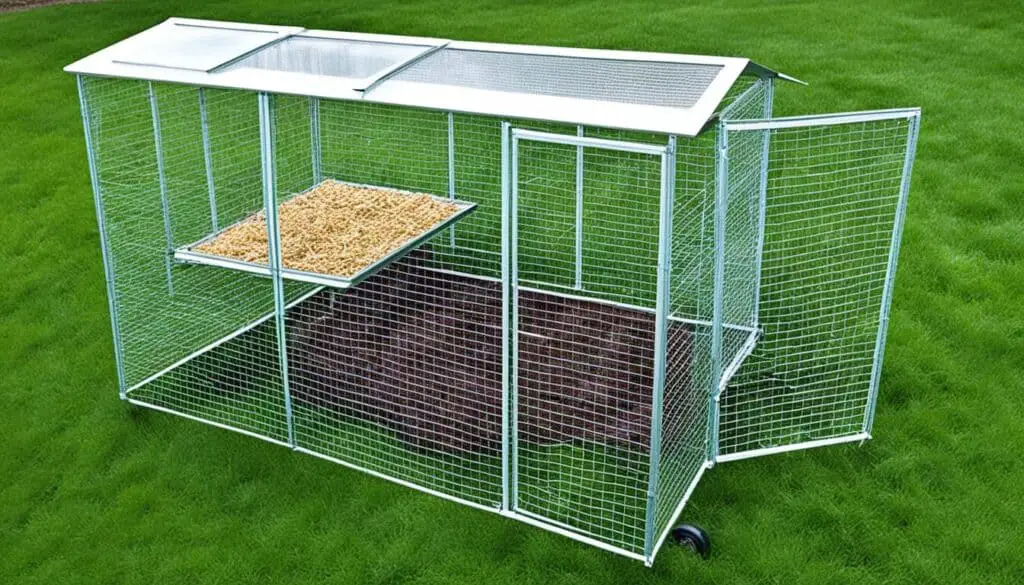
With the advantages of mobility and the innovative wheel design, a portable chicken coop offers flexibility and convenience for both chickens and backyard chicken keepers. Whether you’re looking to enhance chicken health, optimize egg production, or simply enjoy the ease of relocation, a portable chicken coop is a valuable addition to any backyard poultry operation.
Egg Collection: Streamlining Your Backyard Chicken Routine
Egg collection is a crucial aspect of backyard chicken keeping. Implementing efficient practices can make the process easier and more enjoyable. In this section, we will discuss strategies for streamlining your egg collection routine, ensuring you gather the eggs promptly and safely.
To start, it’s important to choose the right nesting boxes for your chickens. Consider their size and accessibility, ensuring they provide a comfortable and secure space for egg-laying. Well-designed nesting boxes can prevent eggs from rolling and breaking, making collection easier.
Proper handling of eggs is essential to maintain their quality and freshness. Gently gather the eggs, avoiding excessive handling or shaking, as it can damage the delicate shells. If you notice any cracked or dirty eggs, remove them promptly to maintain a clean and hygienic environment.
Establishing a routine for egg collection is beneficial both for you and your chickens. Consistency helps train the hens to lay eggs in specific nesting boxes and makes it easier to keep track of the number of eggs laid. Set a regular time for collection, ideally in the morning or early afternoon, to ensure the eggs are still fresh and minimize the risk of contamination.
Tip: Be patient and observant when collecting eggs. Some hens may be protective of their nests, so it’s important to approach calmly and gently to avoid disrupting them or causing stress.
By implementing these strategies, you can streamline your egg collection process and create a routine that fits seamlessly into your backyard chicken keeping. Now let’s move on to the next section and explore the advantages of a raised chicken coop for your feathered friends.
Raising the Coop: Advantages of a Raised Chicken Coop
A raised chicken coop offers several advantages for both chickens and backyard chicken keepers. In this section, we will explore the benefits of a raised coop, including its ability to mitigate moisture and pest issues. We will also provide insulation and ventilation tips specifically for raised coops. By understanding the advantages of raising the coop, you will be able to make informed decisions about the design and construction of your chicken shelters.
Mitigating Moisture and Pest Issues with Elevated Coops
Raising your chicken coop off the ground can help mitigate moisture-related issues. Elevated coops are less prone to waterlogging and flooding, which can lead to unhealthy conditions for your chickens. By keeping the coop above the ground level, you can prevent damp bedding, mold growth, and bacterial infections. Additionally, an elevated coop reduces the risk of pests such as rats and mice burrowing into the coop and compromising the safety and health of your chickens.
When elevating your chicken coop, it’s essential to ensure proper stability and support. Use sturdy materials and construct a solid foundation to withstand the weight of the coop, chickens, and potential weather conditions. Regularly inspect the coop’s structural integrity to address any signs of damage or wear and take necessary precautions to maintain a safe and secure environment for your flock.
Insulation and Ventilation Tips for Raised Coops
Insulation and ventilation are crucial aspects of coop design, especially for raised coops. Proper insulation helps maintain optimal temperature levels inside the coop, keeping chickens comfortable throughout the year. Insulating the walls, floor, and roof of the coop can help regulate temperature, reduce heat loss in winter, and prevent overheating in summer.
Here are some insulation and ventilation tips to consider for your raised coop:
- Use insulation materials such as foam board or fiberglass batts to insulate the walls and ceiling of the coop. Insulate in a way that prevents drafts and maintains a consistent temperature.
- Ensure proper ventilation by installing vents or windows that can be opened and closed as needed. This allows for fresh air circulation and helps remove moisture, odors, and airborne contaminants.
- Consider adding an insulated floor to provide additional warmth and comfort for your chickens.
- Use weatherstripping on coop doors and windows to prevent drafts and heat loss. It also helps keep pests and rodents from entering the coop.
- Regularly monitor the temperature and humidity levels inside the coop to ensure they remain within the optimal range for your chickens’ well-being.
Remember to make adjustments based on your local climate and the specific needs of your chickens. By providing adequate insulation and ventilation, you can create a comfortable and healthy environment for your flock in a raised chicken coop.
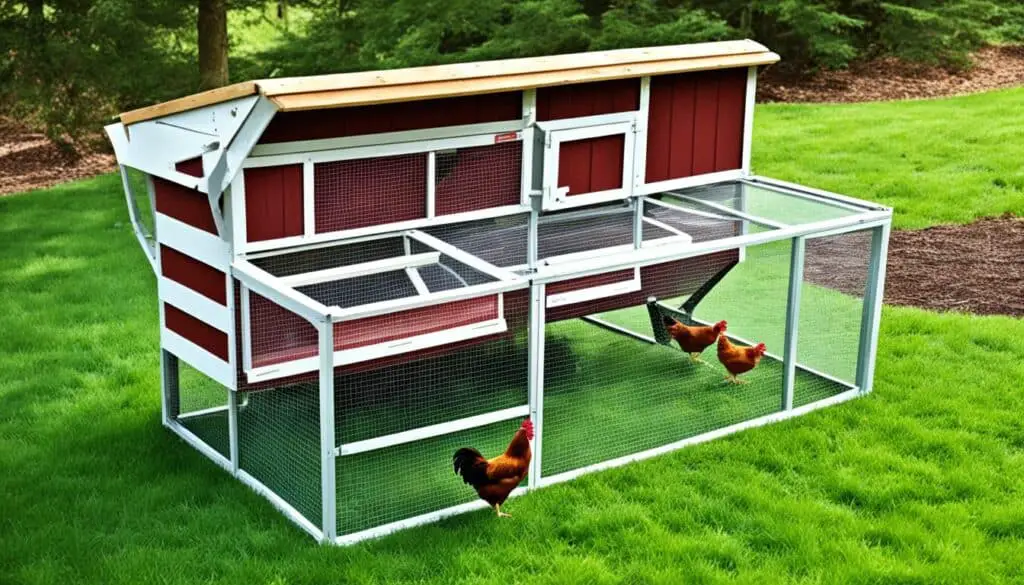
Seasonal Considerations: Adapting Coop Plans for Weather Changes
Different seasons require different considerations when it comes to chicken coop design and maintenance. It is essential to ensure that your chickens are comfortable throughout the year by adapting coop plans for weather changes. Here are some seasonal coop considerations to keep in mind:
- Winter: During the cold winter months, it is crucial to provide adequate insulation to keep your chickens warm. Consider adding extra insulation to the walls and roof of your coop to prevent drafts and retain heat. Insulated windows and doors can also help maintain a comfortable temperature inside the coop. Additionally, using heat lamps or heated waterers can provide additional warmth for your flock.
- Spring: As the weather starts to warm up in spring, proper ventilation becomes essential to prevent overheating and promote air circulation. Make sure your coop has plenty of windows, vents, or adjustable openers to allow fresh air to flow in and out. This helps prevent the buildup of moisture and ammonia, which can lead to respiratory problems for your chickens.
- Summer: In the hot summer months, shade and cooling techniques are vital to keep your chickens comfortable. Consider providing natural shade from trees or using shade cloths to protect your coop from direct sunlight. Ensuring proper airflow through the coop will help dissipate heat. You can also use misters or fans to create a cooling effect if needed.
- Fall: Fall brings cooler temperatures and changing weather conditions. Inspect your coop for any wear and tear from the summer months and make necessary repairs. Ensure that your coop is properly weatherproofed to protect your chickens from rain, wind, and other elements. Cleaning out and adding fresh bedding will also help keep your coop clean and cozy as the seasons transition.
By considering these seasonal factors and adapting your coop plans accordingly, you can ensure that your chickens have a comfortable and well-maintained home throughout the year.
Chicken Health and Habitat: Optimizing Your Poultry House
Creating a Comfortable Environment for Your Flock
A well-designed and maintained chicken coop is crucial for the health and well-being of your flock. By creating a comfortable environment, you can ensure that your chickens are happy and thriving. There are several key factors to consider when optimizing your poultry house:
- Shelter: Provide adequate shelter to protect your chickens from the elements. This includes a secure and weatherproof coop that offers protection from rain, wind, and extreme temperatures. Ensure proper insulation to maintain a comfortable temperature inside the coop.
- Ventilation: Proper ventilation is essential for maintaining good airflow and preventing the buildup of ammonia and moisture. This can be achieved through windows, vents, or specifically designed ventilation systems. Adequate ventilation helps to prevent respiratory issues and keeps the air fresh for your chickens.
- Lighting: Chickens require natural light for optimal health and egg production. Ensure that your coop has windows or skylights to allow for natural daylight. Supplemental lighting can also be used during winter months when daylight hours are shorter.
- Nesting Boxes: Providing comfortable and private nesting boxes is important for encouraging healthy egg-laying behavior. Ensure that the nesting boxes are clean, well-bedded, and located in a quiet and secluded area of the coop.
- Roosting Bars: Chickens naturally prefer to roost at night. Install roosting bars at an appropriate height to accommodate your flock’s size. Make sure the bars are wide enough for their feet to comfortably perch and spaced adequately to prevent overcrowding.
- Bedding: Use suitable bedding, such as straw, wood shavings, or sand, to provide a comfortable surface for your chickens. Regularly clean and replace the bedding to maintain a clean and hygienic coop environment.
By creating a comfortable and well-designed coop, you can optimize the habitat for your chickens, ensuring their health and well-being.
Using Chicken Behavior to Inform Coop Features
Understanding chicken behavior can inform the design and layout of your coop, ensuring that it meets their natural needs and instincts.
Chickens have specific behavioral patterns that can guide the design and features of your coop:
- Perching: Chickens instinctively prefer to perch at night, as it helps them feel safe and secure. Provide sturdy roosting bars at an appropriate height and distance from each other to accommodate their perching needs.
- Foraging: Chickens love to forage and scratch for food. Consider incorporating an outdoor run or free-range area where they can safely engage in natural foraging behaviors. Provide ample space and designated areas for scratching and pecking.
- Privacy: Chickens need privacy for nesting and laying eggs. Designate secluded areas within the coop for nesting boxes, ensuring they are away from high-traffic areas and provide privacy for your hens.
- Dust Bathing: Dust bathing is an essential behavior for chickens to maintain healthy feathers and ward off parasites. Create a designated area within the coop or run where they can indulge in this natural behavior. Use fine sand or dust for them to bathe in.
By understanding and accommodating chicken behavior in the design of your coop, you can create an environment that promotes their instinctual behaviors and overall well-being.
Concluding Thoughts on Your Backyard Chicken Coop Journey
As we wrap up this comprehensive chicken coop guide, let’s reflect on the essential points covered throughout the article. Building an A-frame chicken coop offers numerous benefits for small flocks in your backyard. By considering factors such as design, safety, mobility, seasonal changes, and chicken health, you can create a functional and comfortable home for your feathered friends.
Design plays a crucial role in the success of your chicken coop. The A-frame design, with its compact footprint and triangular shape, provides structural stability, efficient use of space, and optimal ventilation. Remember to customize your coop design to suit your flock’s needs and add personal touches to make it uniquely yours. Ergonomics is also important for easy access and cleaning, ensuring a hassle-free experience for you.
When it comes to safety, protecting your chickens from predators is of utmost importance. Consider secure coop design, deterrents, and fencing to keep your flock safe and sound. Additionally, mobility offers convenience and flexibility. If you opt for a portable chicken coop, you can easily relocate it to fresh pasture or shaded areas, benefiting both the chickens’ health and egg production.
Lastly, don’t forget about the seasonal considerations and maintaining your chickens’ health. Adapt your coop plans to accommodate weather changes, providing insulation during winter and proper ventilation during summer. By understanding your chickens’ behavior and habits, you can optimize their habitat, ensuring a comfortable and thriving environment.
FAQ
What are the benefits of an A-frame chicken coop?
An A-frame chicken coop offers structural stability, efficient use of space, optimal ventilation, and the ability to customize the design based on individual needs and preferences.
How do I build my own A-frame chicken coop?
Follow our step-by-step guide to gather materials and assemble your A-frame chicken coop, ensuring structural integrity and functionality.
What materials do I need to build an A-frame chicken coop?
Read our shopping list to find all the necessary supplies for your DIY coop, including tips on finding the right materials and sustainable building options.
How do I assemble my A-frame chicken coop?
Our detailed instructions will guide you through the process of constructing the frame, adding the roof and walls, and securing the structure for a sturdy and functional chicken shelter.
Can I customize the design of my A-frame chicken coop?
Yes, you can add personal touches to the coop plans and consider ergonomics for easy access and maintenance. Make your chicken coop uniquely yours!
What are the advantages of an A-frame chicken coop for small-scale backyard farming?
An A-frame design is cost-effective, space-efficient, and ideal for small flocks. It requires fewer materials and can be adapted to fit limited backyard space.
How can I protect my chickens from predators?
Implement strategies such as secure coop design, deterrents, and fencing to ensure the safety of your chickens and protect them from potential predators.
What are the benefits of a portable chicken coop?
A portable coop offers mobility, which can positively impact chicken health and egg production. Our guide explores the advantages and innovative wheel design for easy relocation.
How can I streamline the process of egg collection?
Learn about choosing the right nesting boxes, proper handling of eggs, and establishing a routine for efficient and enjoyable egg collection from your backyard chickens.
What are the advantages of a raised chicken coop?
A raised coop helps mitigate moisture and pest issues. Discover insulation and ventilation tips specifically for raised coops to create a healthier environment for your chickens.
How should I adapt my coop plans for different seasons?
Consider insulation during winter and proper ventilation during summer. Our guide provides essential seasonal considerations to ensure your chickens are comfortable year-round.
How can I optimize my poultry house for chicken health?
Create a comfortable environment for your flock by understanding chicken behavior and implementing coop features that promote their well-being. Learn more in our guide.

